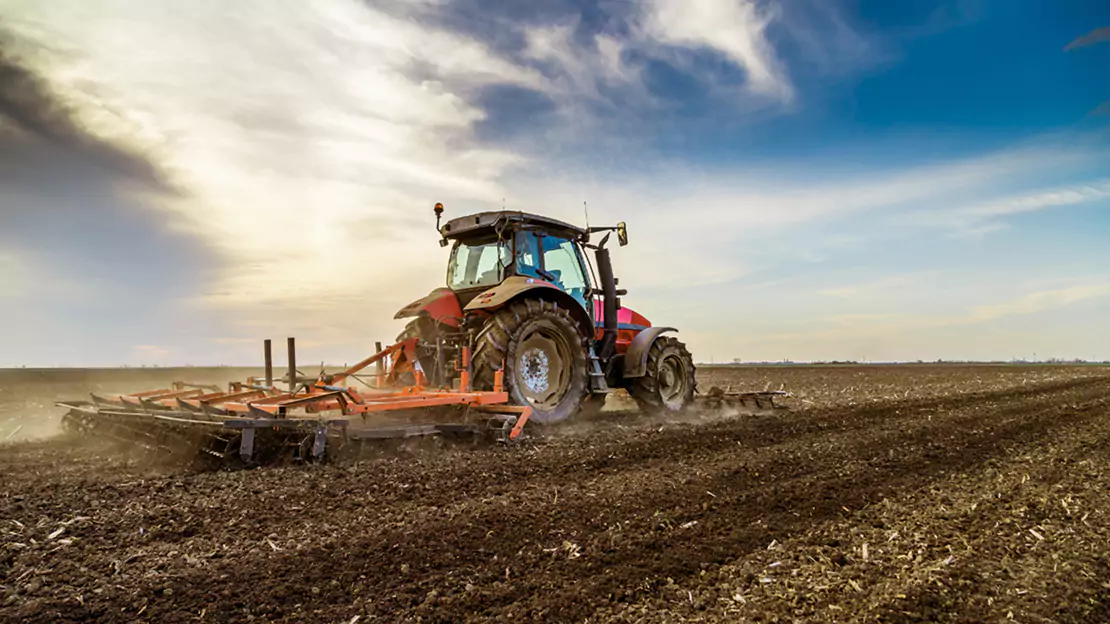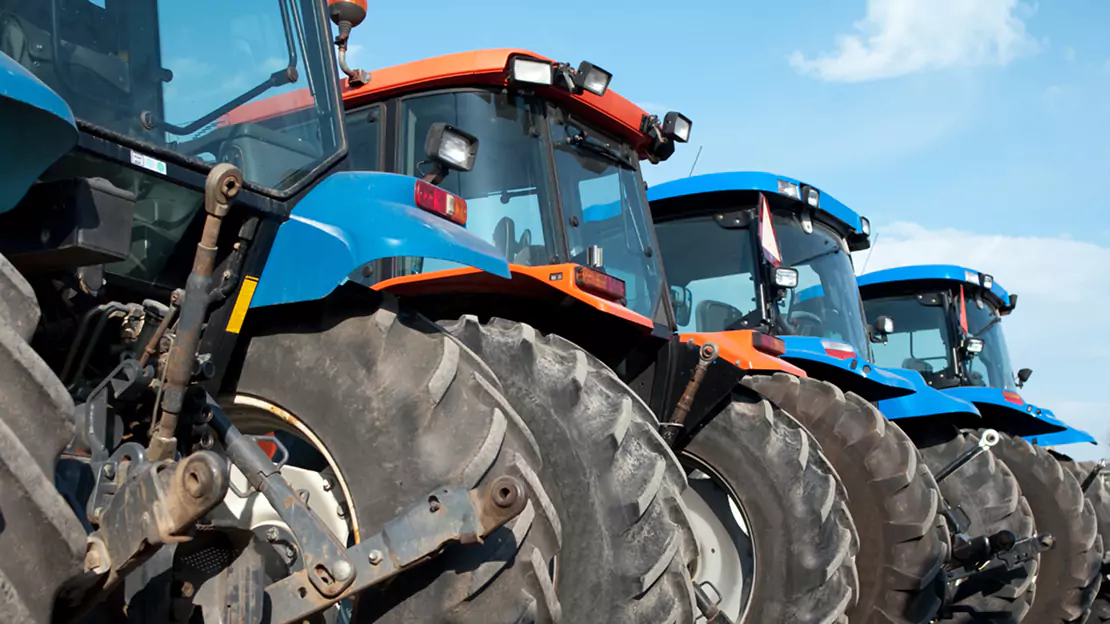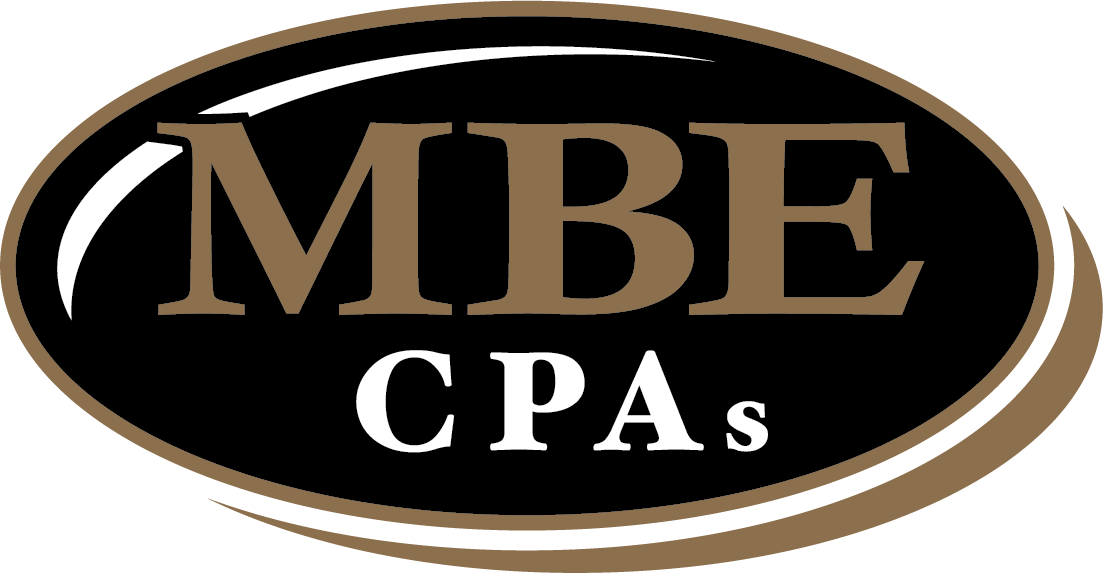Planning Farm Success with NOL and Depreciation

Authored by: Kevin Block — Partner, CPA | Date Published: October 1, 2025
Featured Topics:
- What Are Net Operating Losses (NOLs) for Agribusiness?
- How Many Years Can You Carry Forward NOL?
- How to Depreciate Farm Equipment and Assets?
- Primary depreciation methods for agribusiness
- What is the 80% NOL Limitation Rule?
- Can You Combine NOL Carryforwards with Section 179 Expensing?
- Planning for Success
For many farmers and agribusiness owners, finding peace of mind is a challenge. A bad season can leave you dealing with unpredictable weather, rising input costs, and shrinking profit margins. A good year can bring the frustration of a sudden tax bill that drains your reserves.
If you’ve faced these problems, you know the pressure. Proactive financial strategies can turn these challenges into opportunities. At MBE CPAs, we find many agricultural professionals overlook powerful tools, such as Net Operating Loss (NOL) provisions and planned depreciation. These options can help your operation survive tough periods, protect your bottom line, and give you more financial flexibility.
What Are Net Operating Losses (NOLs) for Agribusiness?
A Net Operating Loss (NOL) occurs when your agribusiness’s allowable tax deductions exceed your gross income for the year. For farmers and ranchers, this situation is more common than you might think, and it’s not necessarily a sign of poor financial management.
Common scenarios that create NOLs in agriculture include:
- Drought years that devastate crop yields, while fixed costs remain high.
- Market downturns that slash commodity prices below production costs.
- Major equipment purchases that coincide with lower-than-expected revenues.
- Unexpected livestock losses due to disease or extreme weather.
- First-year operations where startup costs exceed initial income.
NOL provisions help balance your tax burden across multiple years. Instead of losing the benefit of deductible expenses, you can carry them forward to offset future profitable years.
How Many Years Can You Carry Forward NOL?
The tax code works in your favor at the federal level. Businesses can carry forward their net operating losses indefinitely. This change marks a major improvement over pre-2018 rules and gives your agribusiness greater flexibility in managing its taxes.
Key points about NOL carryforward periods:
- Federal NOLs don’t expire, so you can use them in any future year when you have taxable income.
- State rules vary significantly, so check your specific state’s provisions.
- Not all states follow the federal unlimited carry-forward policy.
- Strong documentation is vital for managing finances across multiple years.
With this unlimited time frame, you can use losses from tough years to offset income in better years. This helps you lower your tax burden and manage your farm’s finances more smoothly over time.

How to Depreciate Farm Equipment and Assets?
Depreciating farm equipment can be a great way to reduce your tax bill, especially with NOL carryforwards. There are several ways to accelerate depreciation, helping you recover costs quickly and control your tax burden.
Primary depreciation methods for agribusiness:
Section 179 Expensing
The Section 179 deduction limit for 2025 is much higher. You can expense qualifying equipment purchases up to $2,500,000, with a capital purchase cap of $4,000,000 (indexed for inflation). This speeds up cost recovery.
Eligible items include:
- Tractors, combines, and other farming equipment
- Irrigation systems and storage facilities
- Breeding livestock
- Single-purpose agricultural structures, including milking parlors
Bonus Depreciation
The One Big Beautiful Bill Act (OBBBA) brings back 100% bonus depreciation for property put into service after January 19, 2025. This means you can fully depreciate qualifying assets in the first year, giving your business more flexibility.
Regular Depreciation Methods
When Section 179 and bonus depreciation do not apply, you can use Modified Accelerated Cost Recovery System (MACRS) depreciation over the equipment’s recovery period, typically 5 to 7 years for most farm equipment.
What is the 80% NOL Limitation Rule?
NOLs offer strong tax benefits, but there is a key limit: you can only use them to offset up to 80 percent of your taxable income each year. This means that even if you have substantial NOL carryforwards available, you cannot reduce your current year tax liability to zero using NOLs alone.
Understanding the NOL limitation:
With a large NOL, you’ll owe some federal tax in profitable years. For example, with $100,000 taxable income, you can use $80,000 of NOL and pay tax on $20,000. The unused NOL carries forward.
Can You Combine NOL Carryforwards with Section 179 Expensing?
Bringing your deductions and income together in a way that works well is key to maximizing these benefits. The precise timing of these actions is fundamental for strengthening your farm’s financial position. For instance:
Profitable Year Strategy
If your farm is profitable in the current year, you have two options depending on your specific circumstances:
- Option 1 – Preserve Section 179 for Later: When your operation has a profitable year and you have existing NOL carryforwards, consider using standard depreciation instead of immediate Section 179 expensing. This approach lets you apply prior losses against current income while reserving the accelerated depreciation benefit for future periods when you may not have NOLs available or when tax rates might be higher.
- Option 2 – Maximize Current Deductions: Alternatively, you might choose to maximize Section 179 deductions to reduce current taxable income, potentially creating a new NOL or increasing an existing one. This strategy works best when you expect higher tax rates in future years or when you want to preserve existing NOL carryforwards for later use.
The key decision factor is whether you’re better served by using your existing NOL carryforwards now (while taking standard depreciation) or preserving them for future years (while maximizing current Section 179 deductions). This depends on your projections for future profitability, expected tax rate changes, and the size of your available NOL carryforwards relative to current income.
Loss Year Strategy
In a year of financial loss, utilizing Section 179 can increase your NOL balance, building a larger tax shield to use against future earnings. This approach works especially well when you anticipate stronger income in the years to come. When your farm is already operating at a loss, every additional deduction through Section 179 expensing directly increases your NOL carryforward. Since you’re not paying taxes in the current year anyway, there’s typically no immediate cash benefit to holding back on equipment purchases that you genuinely need for your operation.
Loss years present an ideal opportunity to make necessary capital investments while optimizing tax benefits. Under current tax law, NOLs generated after 2017 can be carried forward indefinitely, meaning Section 179 deductions taken in a loss year create permanent tax benefits that won’t expire. However, ensure you maintain adequate cash reserves for operations as the tax benefits are only valuable if your farm survives to see profitable years when these NOL carryforwards can be utilized.
Equipment Timing Considerations
When you depreciate farm equipment, timing matters. Equipment put into service before the end of the year qualifies for current-year deductions. Buying equipment early in the next year can also help you plan for better tax benefits.
Benefits of Coordination:
- Spreading tax liabilities across multiple years
- Maximizing cash flow during critical operational periods
- Building financial reserves during profitable years
- Maintaining flexibility for future tax decisions
Planning for Success
Your farm deserves a tax strategy that works as hard as you do. At MBE CPAs, we specialize in agricultural tax planning and understand the complexities that farming and ranching operations face throughout their business cycles. We understand that your farm or ranch represents the culmination of countless early mornings, difficult seasons, and unwavering dedication. It’s the legacy you’re pouring your heart into, your contribution to feeding families across the nation, and often the treasured heritage you’re determined to pass down to your children and grandchildren.
The sleepless nights during calving season, the anxious watches over weather forecasts, the pride in a good harvest after months of uncertainty: these experiences shape not just your livelihood, but your identity. You deserve tax planning that honors that commitment and protects what you’ve sacrificed to build. Contact our team at MBE CPAs today to discover how these strategies can fortify your operation against uncertainty. We’re passionately committed to helping you implement tax planning that brings peace of mind, allowing you to focus your energy on preserving your family’s agricultural legacy for the next generation.
